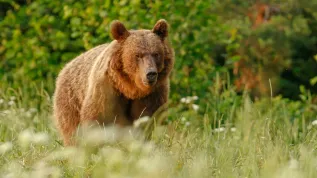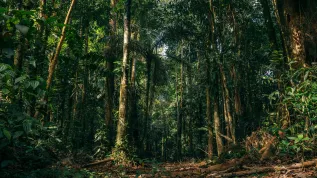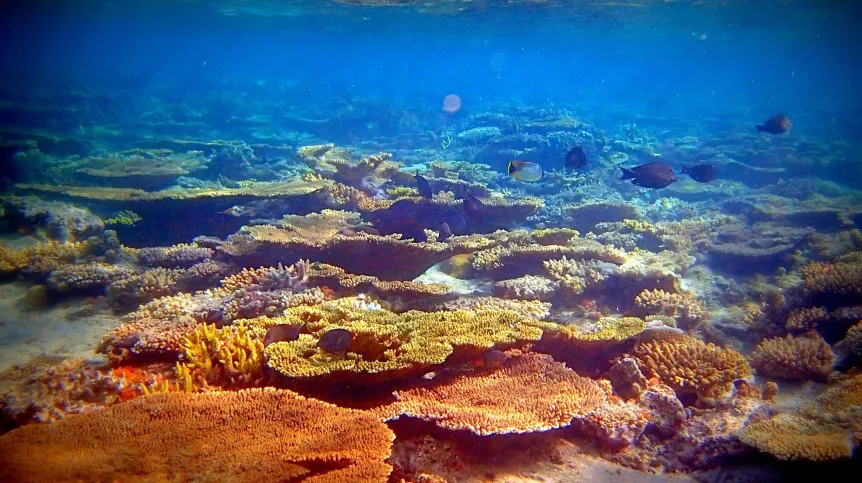
Cross-breeding, cryopreservation (freezing) of semen and creating a bank of reproductive cells and coral larvae are the examples of scientific strategies to enhance the resilience of coral reefs and protect these priceless ecosystems from the negative effects of climate change.
'Due to climate change and other anthropological factors, we have already lost more than half of all coral reefs. Although corals have remarkable mechanisms of resilience, the rate of climate change (increasing ocean water temperatures and decreasing pH levels) exceeds their natural ability to adapt,’ says Dr. Radosław Kowalski from the Department of Gamete and Embryo Biology of the Institute of Animal Reproduction and Food Research at the Polish Academy of Sciences in Olsztyn.
The scientist investigates reefs near the Japanese island of Okinawa. He has been studying coral reproduction for more than a decade. 'Back then, coral reef conservation was a niche topic. Today, a growing number of publications and projects shows that the problem is severe, and the need to find a strategy to protect these priceless ecosystems that support the diversity of marine life is urgent indeed,’ Dr. Kowalski says.
The researcher points out that in addition to an increase in water temperature, a decrease in the ocean’s pH, i.e. its acidification, also has a significant negative impact on coral reefs. This is linked to an increase in carbon dioxide emissions into the atmosphere, which then dissolves in the oceans. 'This is why, in recent decades, the natural pH level of the oceans has dropped from 8.2 to 8.1. However, this inconspicuous one-tenth means a one-third increase in ocean acidification! Corals build their skeletons from calcium carbonate, which is +taken up+ from the water, but this mechanism stops at a pH of 7.9. In addition, water acidification reduces the reproductive capacity of corals,’ says Kowalski.
Although corals resemble plants, they are animals (invertebrates) mainly found in equatorial regions.
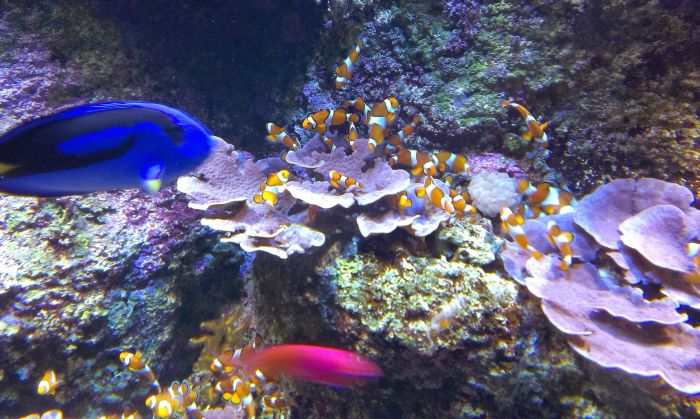
Modern-day coral reefs, including the Great Barrier Reef in Australia, formed about 8-10,000 years ago. Since the reefs are mainly found around the equator, where the annual temperature changes have not been very pronounced, their biological cycle is synchronised with the phases of the moon; depending on the species, they spawn on a specific full or new moon counting from the beginning of the year.
'This synchronisation allows these non-migratory animals to ensure contact with gametes (reproductive cells) of the same species by releasing them en masse into the ocean, usually during a single night. However, climate warming has resulted in temperatures during the coral spawning season that their physiology has not previously encountered,’ Kowalski says.
He adds that while previously thermals did not play a major regulatory role in coral reproduction, we are now seeing a significant modulating effect. For this reason, unsynchronised coral spawning now occurs every year on the reef.
The result is a noticeable increase in interspecies hybrids. An example is the crossing of species from deeper parts of the ocean, where the water is cooler, with those from shallower parts with warmer water. The result is a hybrid with mediated characteristics that is able to inhabit larger spaces.
This, says Kowalski, shows shows how corals try to adapt to change.
Interspecies breeding also has considerable potential as a tool for scientifically assisted evolution, as combining the gametes of different coral species offers the possibility of obtaining a hybrid with increased thermal tolerance (to changes in water temperature), or with specific desirable adaptive traits to changing environmental conditions.
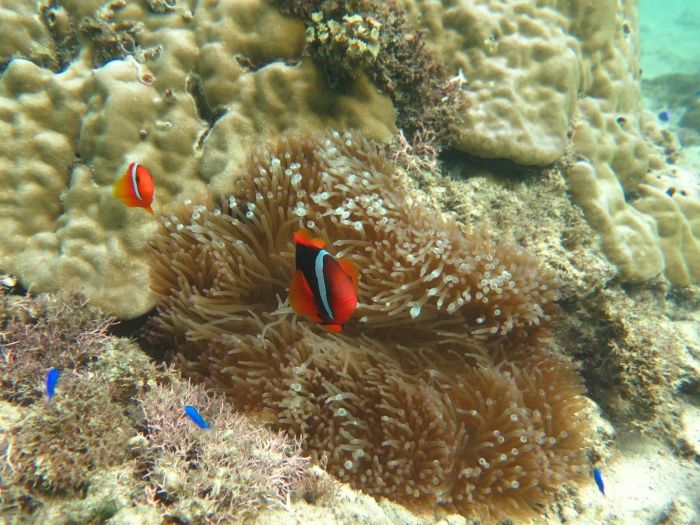
Dr. Radoslaw Kowalski conducts such research with a team of Japanese scientists from the University of the Ryukyus in Okinawa.
Recently, the researcher has been focusing on the cross-breeding possibilities of aquarium-reared species. 'My observations show that corals bred in aquaria are subject to enormous environmental pressure, so that there is a lot of natural selection, and only the strongest individuals survive. We want to cross naturally occurring species with those bred in aquaria and see if their hybrid will have greater adaptive abilities,' he says.
Another strategy to protect coral reefs is the cryopreservation (storage at ultra-low temperatures) of coral sperm. This method enables the preservation of genetic material, acting as a genetic insurance policy that can be used to restore and rebuild coral reefs in the future.
'Creating a bank of gametes and coral larvae is one of the biggest challenges for scientists who work on this topic. We are already able to cryopreserve sperm, but after thawing, we still need eggs for fertilisation. With larvae, there would not be such a problem, but in their case we still need to improve the method of freezing,’ says Kowalski.
The sperm cryopreservation method can also be helpful in the process of species crossbreeding, for example, by allowing the sperm taken from resistant individuals to be transported from aquaria to coral reefs, where it can be used to create more resistant individuals of a particular species.
'The condition of coral reefs around the world is critical; these ecosystems are on the brink of collapse. Research into strategies to protect reefs is therefore needed more than ever before. However, I always stress that even the most cutting-edge scientific solutions are no substitute for our everyday actions, such as saving energy or water, which can make a real difference in protecting our planet,’ says Dr. Kowalski. (PAP)
PAP - Science in Poland, Agnieszka Libudzka
ali/ bar/ kap/
tr. RL

